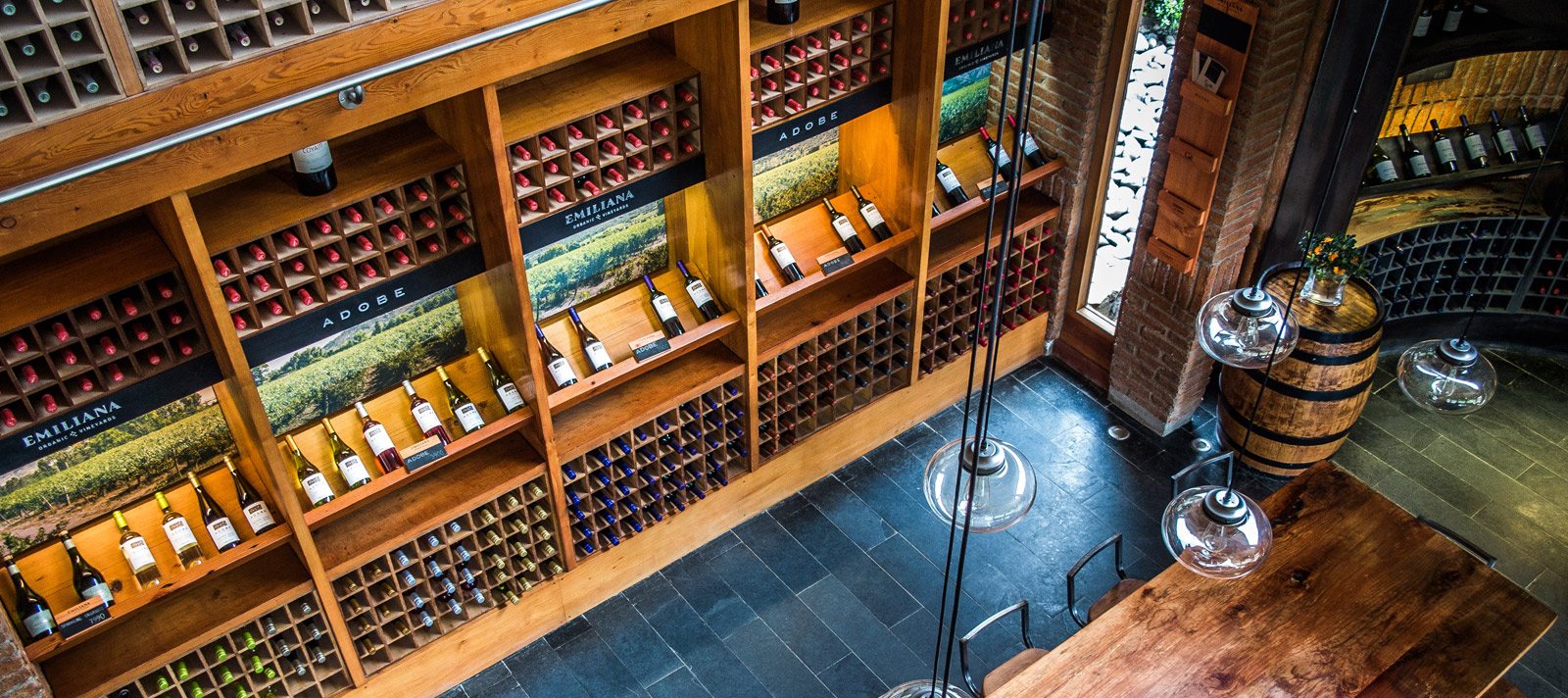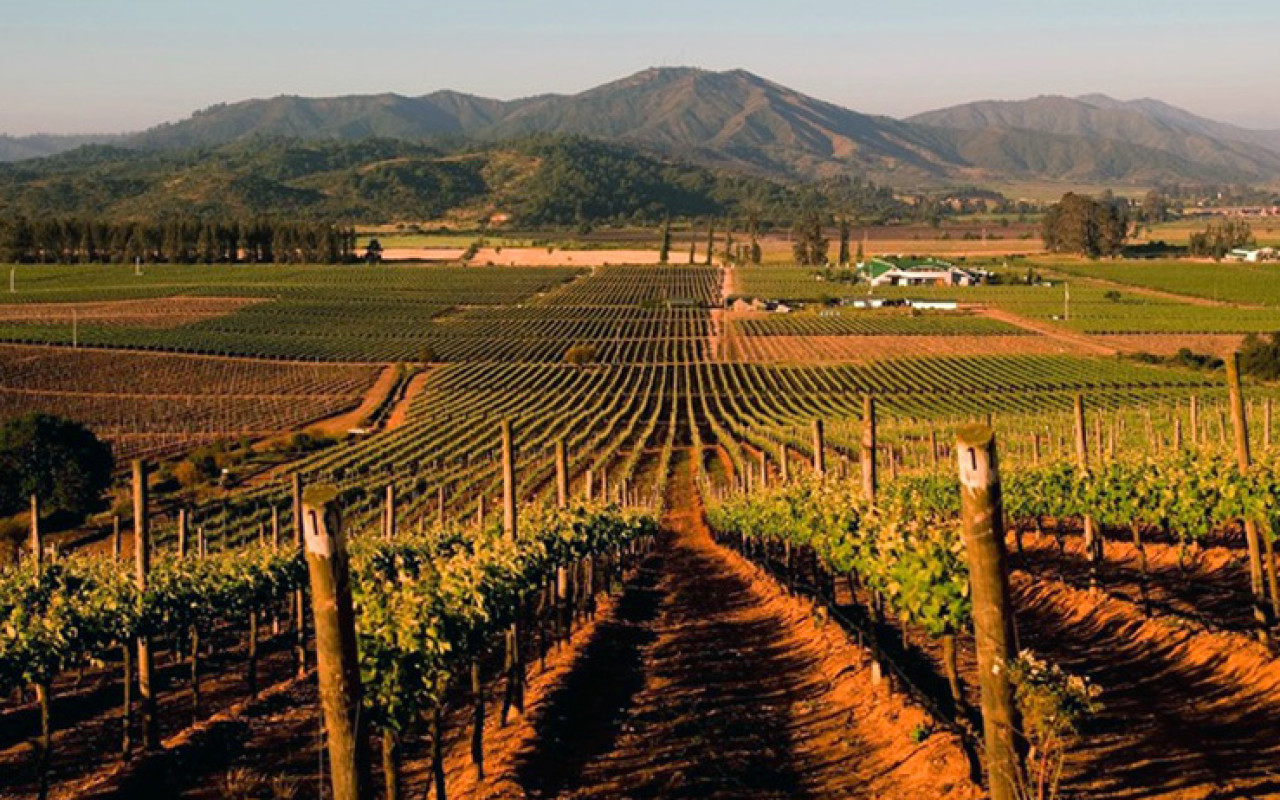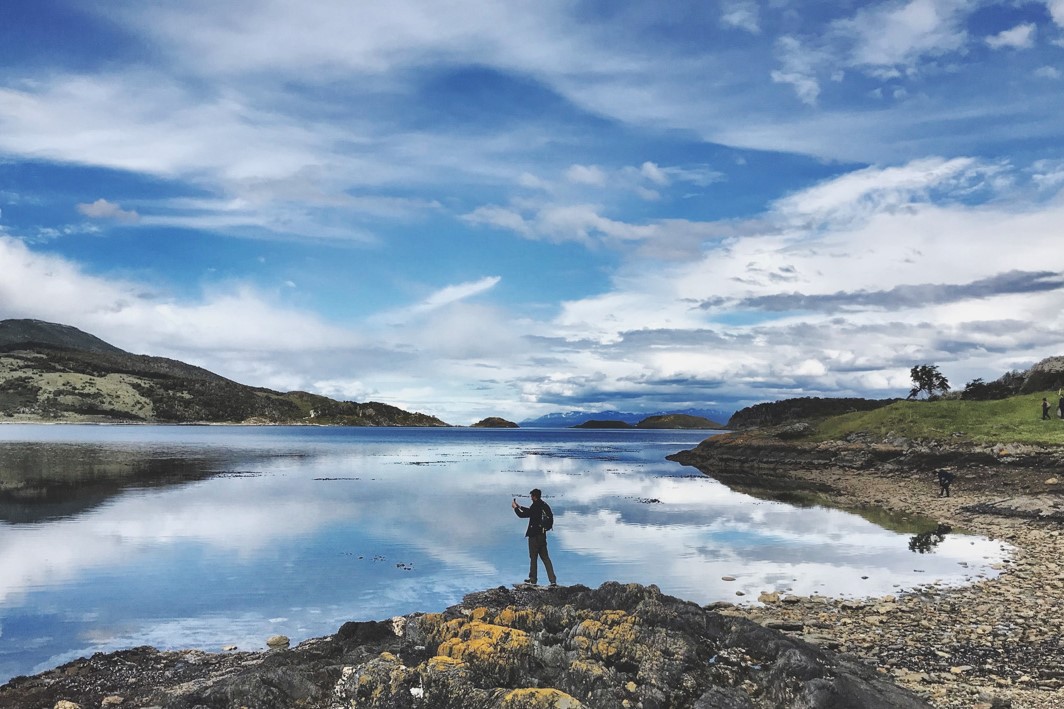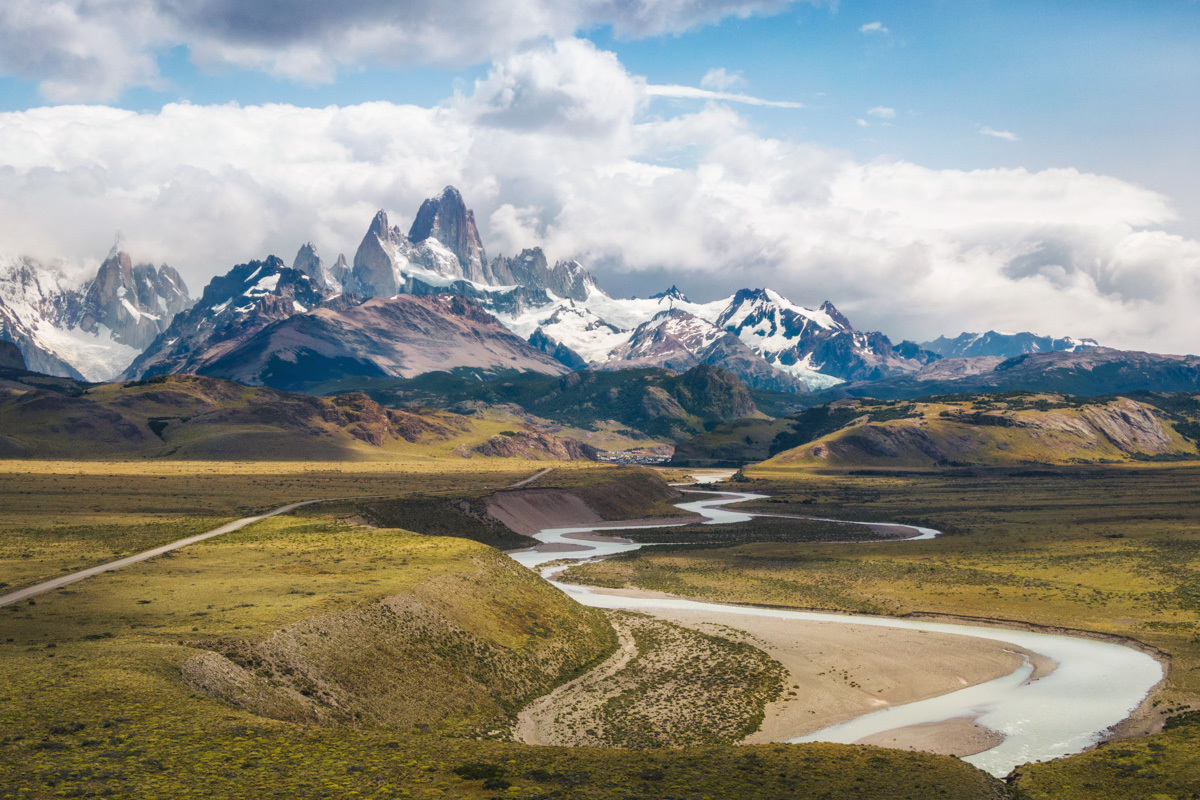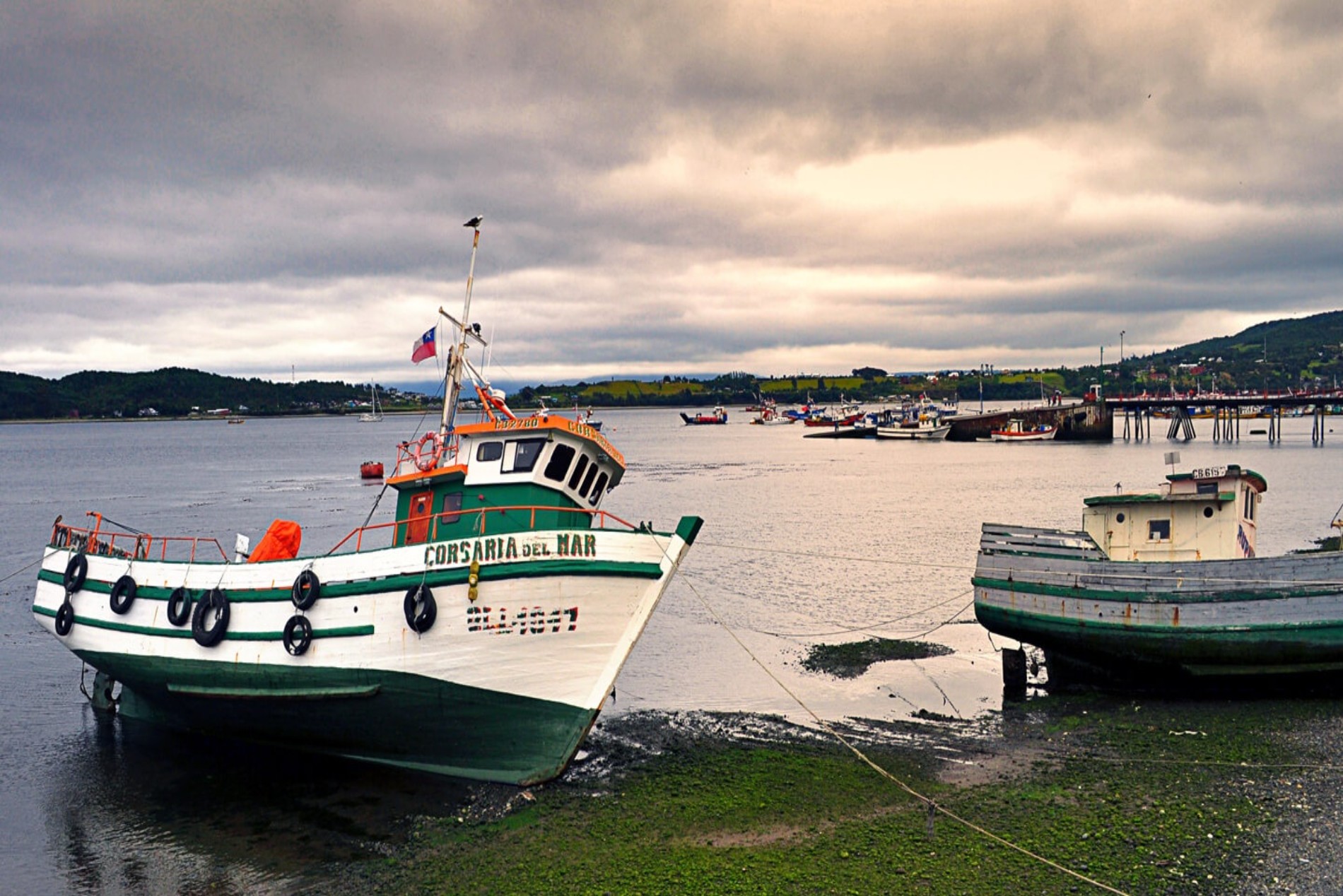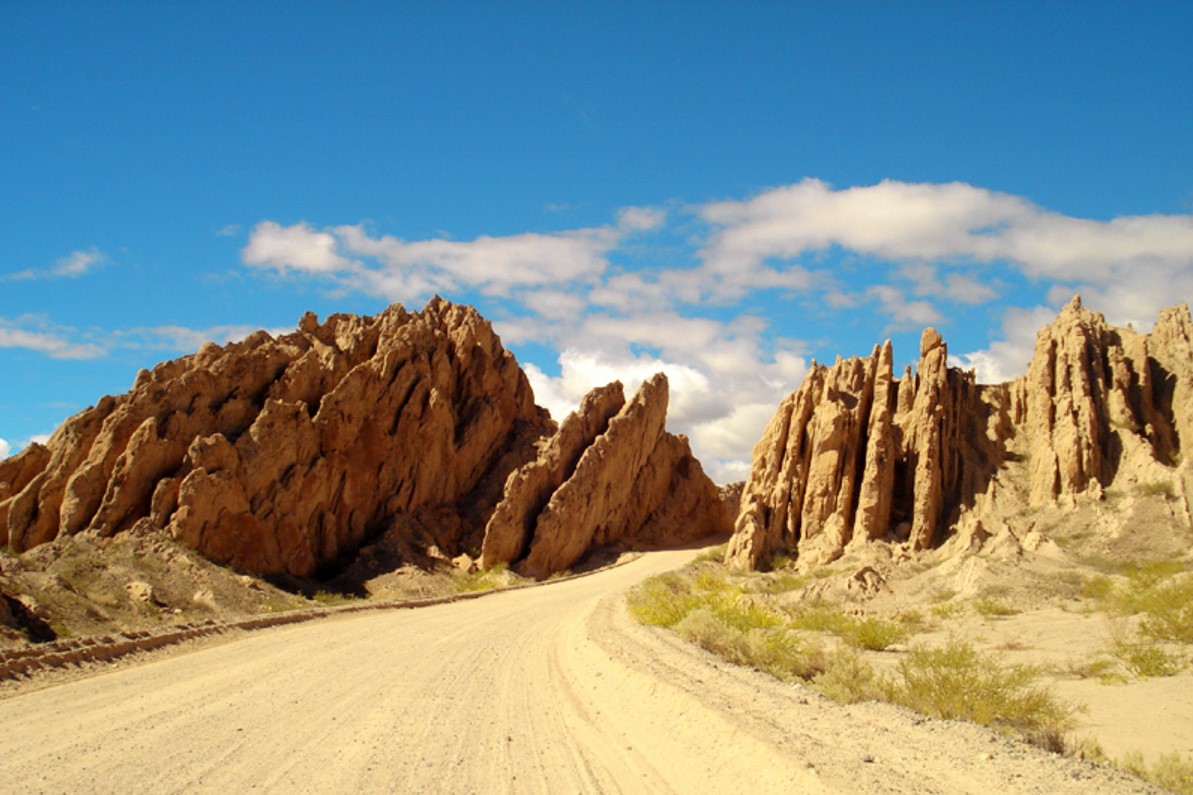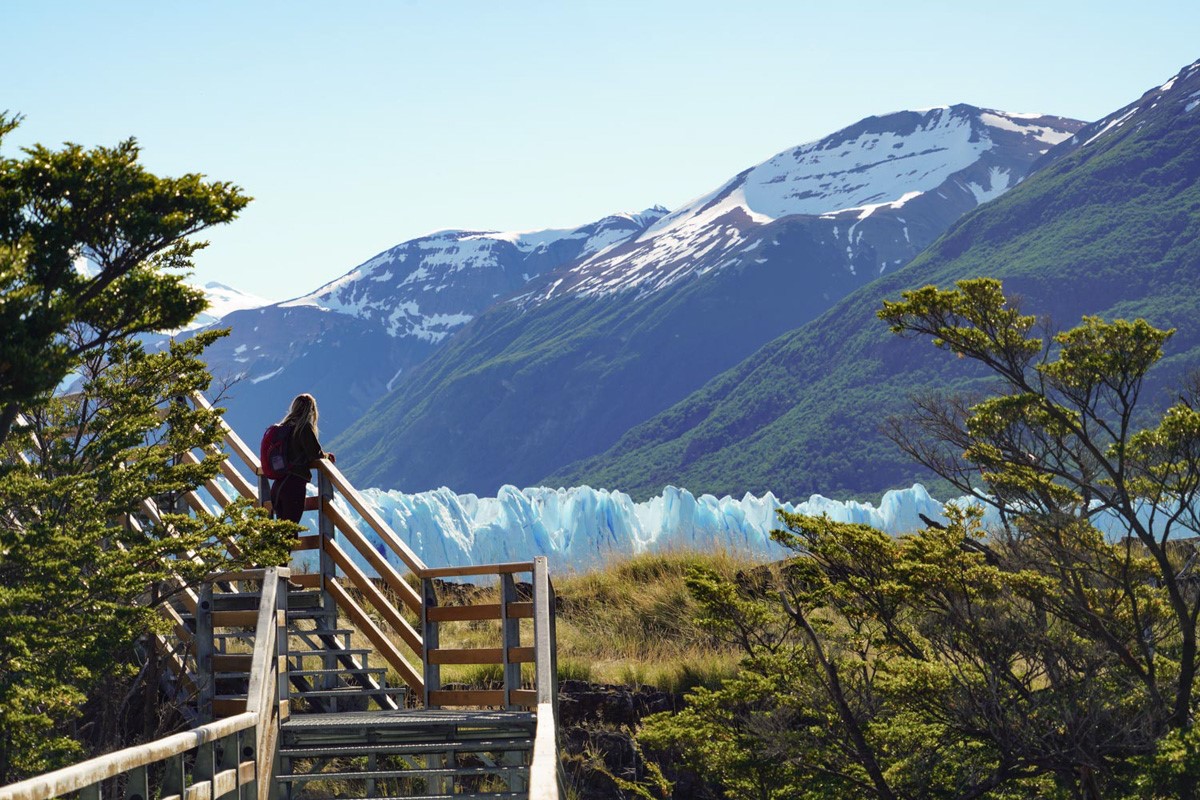Andrew Hall, a two-time Ecochile traveler, describes himself as a ‘data guy’. You may be wondering then why we’ve spoken to him about boutique wineries in Chile and their wines.
Andrew loves traveling, primarily to learn, see, and importantly taste new things. Along the way, Chile became a passion of his. His first trip was on something of a whim. After visiting Machu Picchu, he made the most of being in South America and contacted Ecochile to arrange a trip to Santiago and the Atacama Desert. A few years (and a pandemic) later, he traveled again with us to venture along the Carretera Austral and to visit the Torres del Paine National Park on our Southern Chile Experience itinerary.
On each of these trips, he took time to rent a car and explore some of the more unusual vineyards that Chile has to offer. Through trips like these and practicing his curiosity for flavors, Andrew has grown from having an interest to become something of an ‘amateur expert’. And the reason we’re speaking to him about boutique wineries? Andrew combined his interest in wines with his computing skills working for the website, cellartracker.com – a cellar management tool and incredible online library of tasting notes and reviews.
What is special about Chilean wines?
Chile’s landscape is key in understanding why the country’s wines stand out. The Andes mountains to the east, the Pacific Ocean to the west, and the Atacama Desert to the north isolate the country from many things, including the dreaded phylloxera pest. In other parts of the world, winemakers protect themselves from the vine-killing insect by grafting the desired grape species onto the roots of a phylloxera-resistant variety. However, in Chile this isn’t necessary.
Famously, this is the reason why the Carmenere is grown in Chile after many years of believing it was extinct. But besides carmeneres, one variety that stands out is País. Here you can find textures, beauties, and a richness to the wines that you’d be hard-pressed to find elsewhere. And the growers really are experts at it, cultivating it in vineyards that are hundreds of years old and passed down through generations.
Why should you visit a boutique winery?
Although the big wineries offer a great and curated experience to any visitor – and for the most part offer very drinkable wines to the average drinker – they can lack that personal touch in the tours and a distinguishability in their wines. The large producers don’t spend much time or money on different grape varieties, instead opting for the best sellers.
On the other hand, a boutique, small-scale vineyard will offer you something unique, both in the distinct grape varieties and experience. For those who aren’t looking to drink a vast quantity of the wine, finding a curiosity in the flavors that speaks to the creators and lands that made it is much more interesting.
Consider staying at a winery
For many, wines are one of life’s sweetest luxuries. Staying at a winery, then, is that experience multiplied. The hospitality provided at the vineyards is second to none. Besides the tours of the vines and cellars, you can enjoy the other on-site opportunities, varying from traditional barbeques, to hikes around the grounds and tranquil spa moments.
Some of the vineyards immerse you in an architectural and artistic phenomenon, like Viña VIK, where each room is decorated by a world-renowned artist. Others, like Bouchon, are more rustic and old-fashioned, but with just as much charm and flavor. At the smaller wineries like this one, you could even find yourself sharing a bottle with the owner until the early hours of the morning as Andrew did!
Sustainability in winemaking
One of the other benefits of boutique wineries is that they are very naturally organic. Their remoteness often means that the most damaging aspects of winemaking, like the use of pesticides and irrigation methods, aren’t necessary. At vineyards like Bouchon and Garage Wine Co, the vines are old enough to withstand the usual threats. Some also employ renewable energy practices, and many have close ties with the communities around them.
If you’re looking for a vacation through the picturesque vineyards of Chile, speak to an Ecochile travel specialist today!
